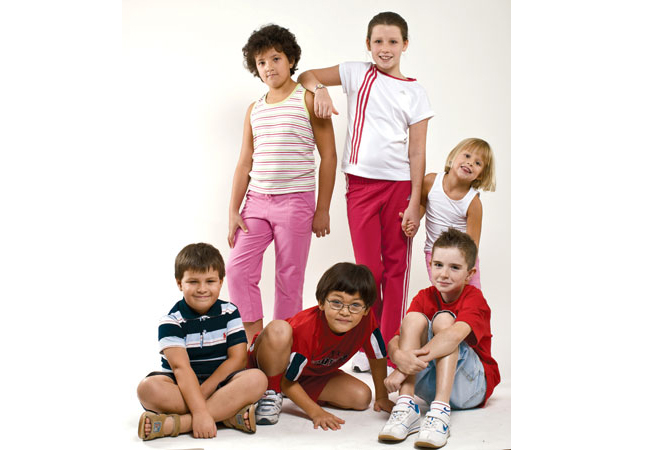White outlines three ways of approaching the task: by providing activities that attract children; fitness programmes that appeal to the whole family, and by meeting the needs of mothers.
"Not all children are the same. Designing a successful Child Enrichment Centre (CEC) doesn't mean simply filling a large room with attractions and play events, it requires a lot more," he says.
"The mistake many fitness facilities have made is focusing on children in grade school or older, while overlooking the needs of younger children and their parents. Doing these cuts out a large segment of families from the market," adds White.
In terms of meeting the needs of mothers, White says: "The stay-at-home mother is a great market to tap for weekday business. Many of these mums have children aged five and younger, who are home all day."
"They're in constant search of places to meet and socialise while their children play, and most parents want children to get more exercise. This is especially true in the Gulf states, where there are fewer opportunities for outdoor recreation," he adds.

| Advertisement |
Grown-up investments
While the idea of incorporating children's services has the scope to significantly increase revenue and, just as importantly, instil a healthier attitude in the next generation, for the full concept to work industry directors must be willing to invest large amounts of time and money.
"It's got to be taken seriously if you're going to do it," explains Greg Boucher, CEO of Middle East Fitness Professionals (MEFITPRO), based in Dubai.
"It's a massive opportunity but you need to have the resources, budget and properly-trained staff," Boucher continues.
"The kids market is certainly making a statement, especially coming back from this year's Leisure Industry Week in the UK. There were so many exhibitors there with kids' equipment. That was probably one of the most talked-about topics.
"Unfortunately a lot of suppliers seem to have gone down the route of supplying gadgets and equipment that cost a lot of money, rather than going with the basic play mentality," adds Boucher.
"Setting up a room full of expensive equipment for kids to dance on keypads may be too extreme I think."
"I'm sure the kids will absolutely love it. I just think that from an operator's point of view you have to look at square footage versus return on investment. And in addition to that starting a new concept can be a risky game," supports Brown.
"Specifically for our facility, we target the corporate market, professionals, singles and couples. We have access to kids' facilities through a company called E-Sports, which has a very successful business model," Brown adds.
Complete solutions
Companies like E-Sports also provide an opportunity for smaller clubs, which don't have the space to cater for children, to still benefit from the kids' fitness market.
Forming partnerships with private leisure companies, E-Sports provides access to a network of sports facilities, locations, trained staff and skilled coaches.
The company offers sports academies and programmes, including tennis, football, swimming and holiday camps, as well as sports management and consultancy.
"It's an important partnership for both sides. Our classes are hugely popular, with our tennis programme attracting in excess of 1000 children a week," says managing director of E-Sports Clark Francis.









 Search our database of more than 2,700 industry companies
Search our database of more than 2,700 industry companies









